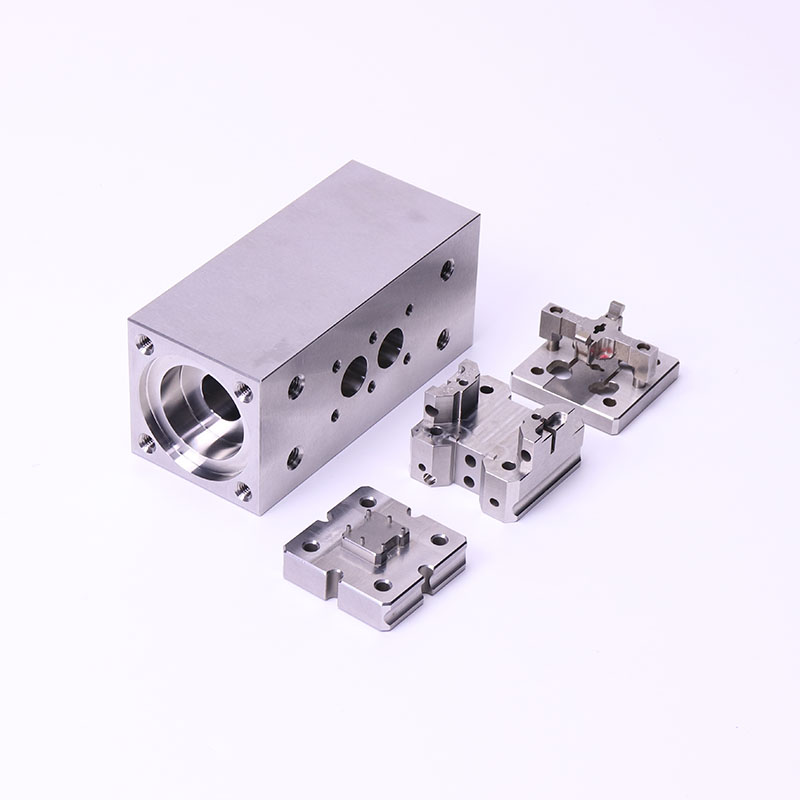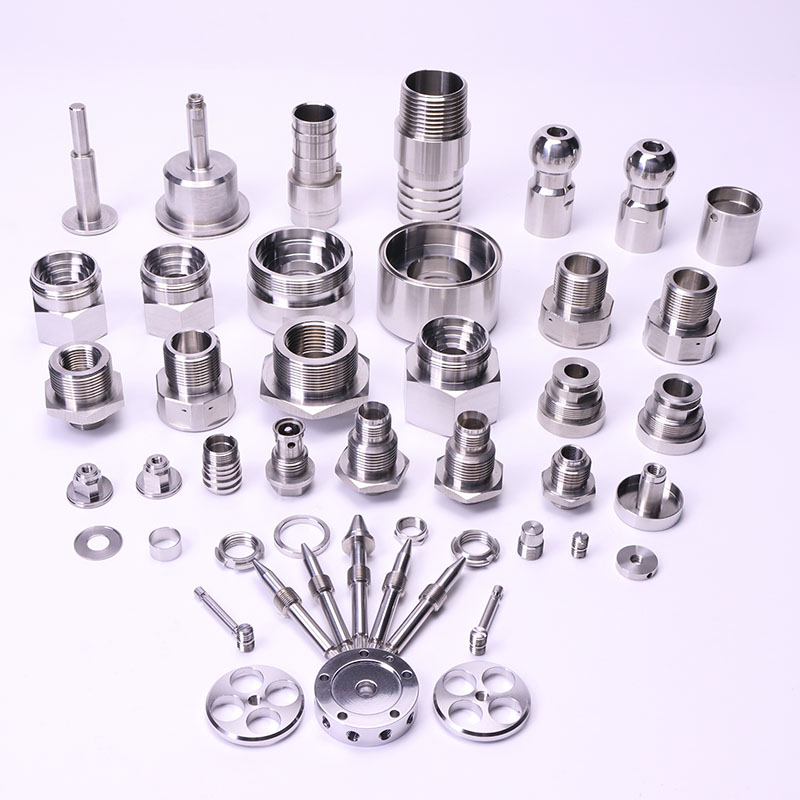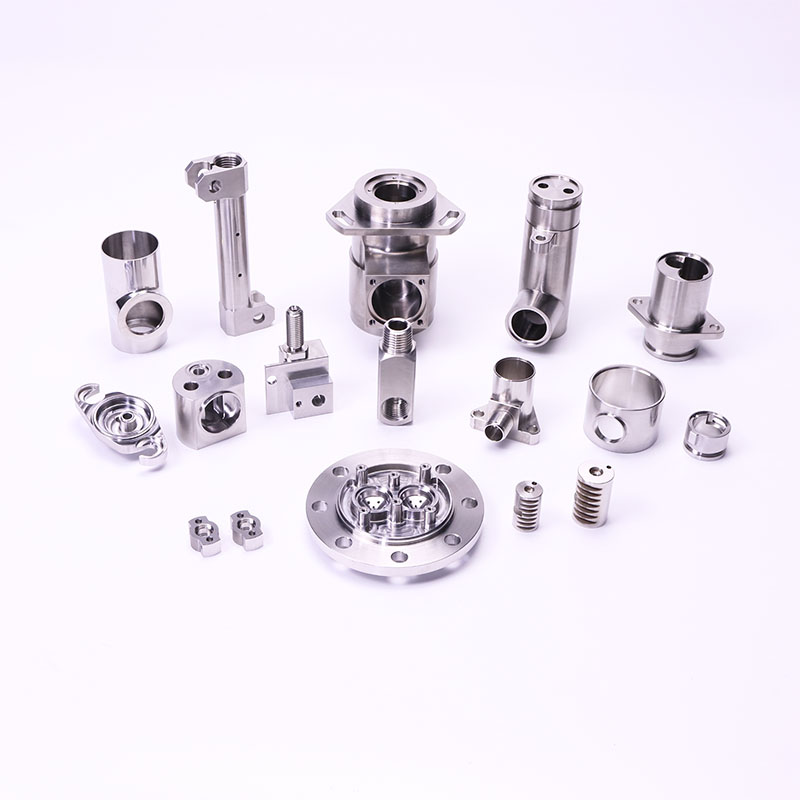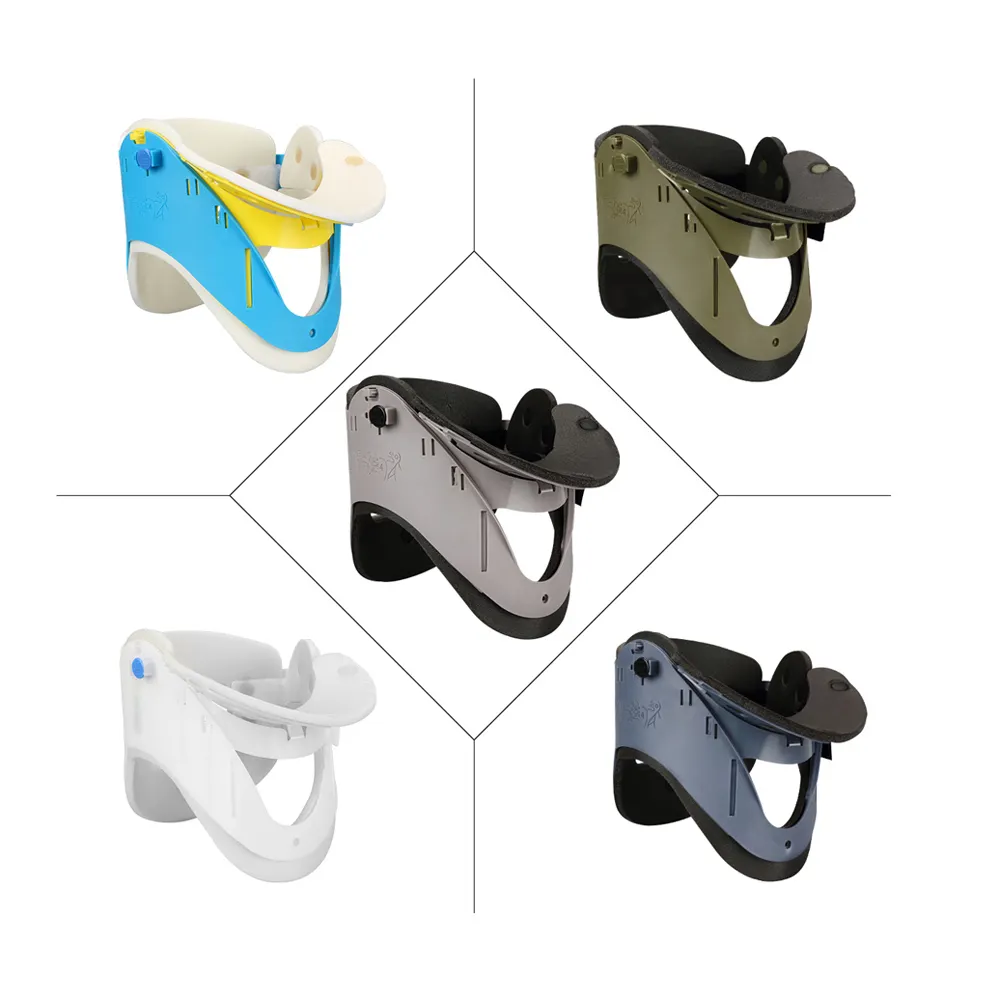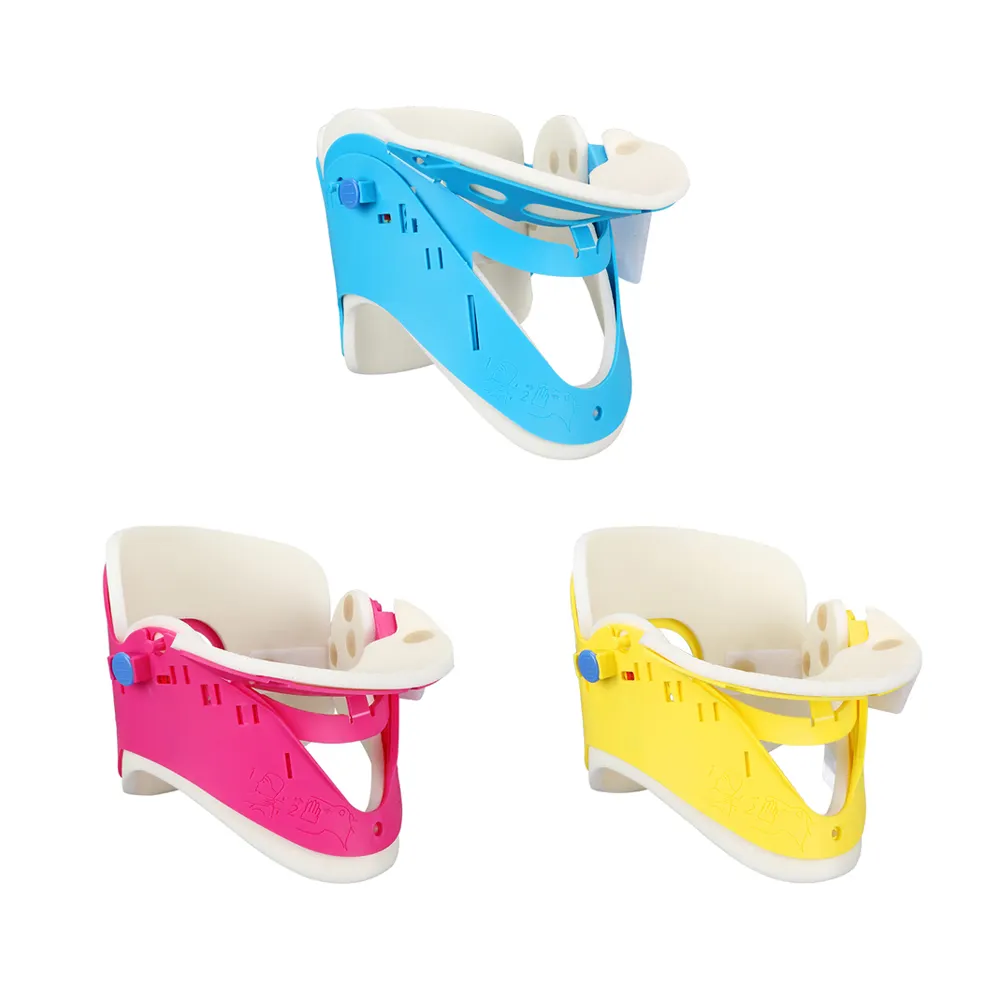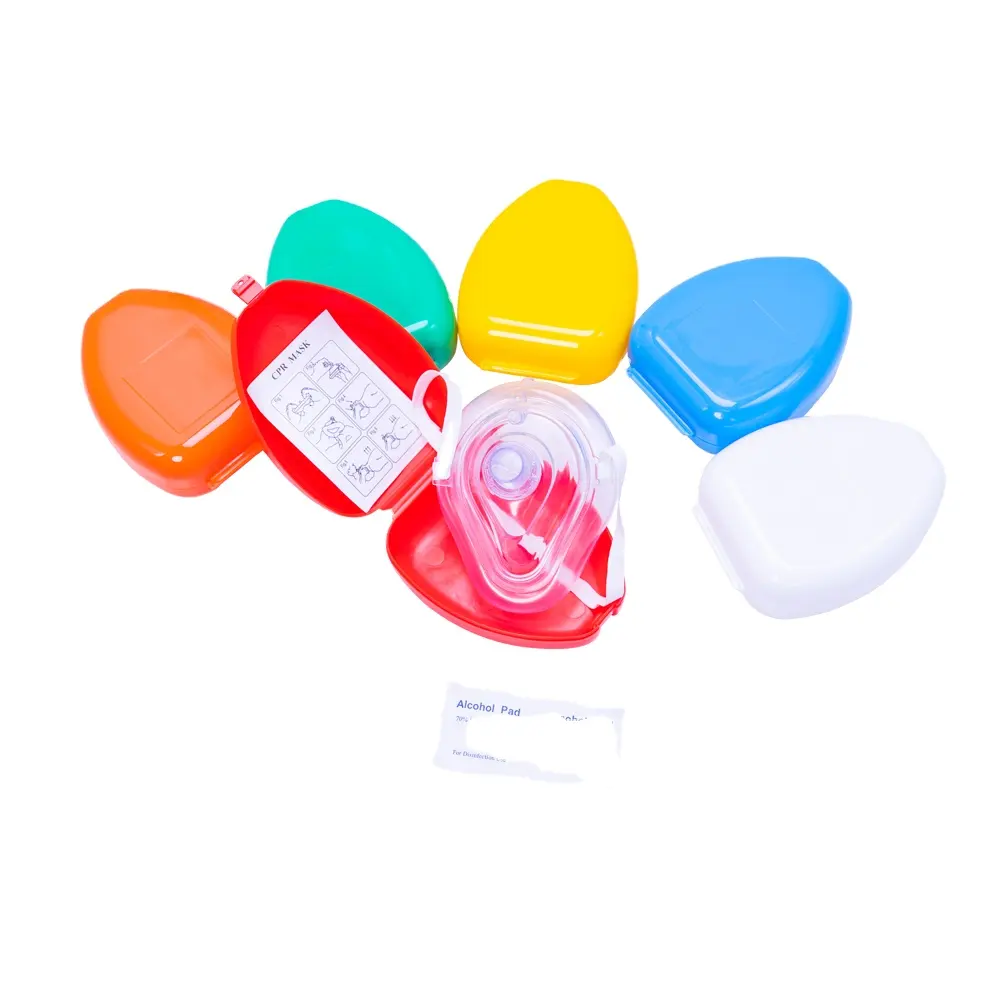Exploring the Role of Metalworking and Material Engineering in Space Robotics Production
Abstract:
The development of manufacturing robots for space exploration has ushered in a new era of advanced robotic systems. Legged robots, which can traverse uneven planetary surfaces, are at the forefront of this transformation. This article explores the cutting-edge metalworking and material engineering techniques that enable the production of these robots, emphasizing how metal fatigue, corrosion resistance, and thermal properties are crucial factors in ensuring the longevity and reliability of space exploration robots. Through case studies and industry insights, we discuss the current advancements and the future prospects of manufacturing robots used in space exploration.
Introduction:
Space exploration represents one of the most exciting and ambitious frontiers for humanity. As we venture beyond Earth's orbit, robotic systems, particularly legged robots, are becoming essential for planetary exploration. Unlike traditional wheeled robots, legged robots have the unique ability to navigate rugged terrains, making them ideal for missions to distant planets and moons, such as Mars, the Moon, and even asteroids.
To build these advanced robots, manufacturing robots themselves must be equipped with sophisticated techniques in mechanical engineering, material science, and robotics. The harsh environments of space, with its radiation, temperature extremes, and the physical demands of planetary surfaces, pose significant challenges to robot design and manufacturing. This article delves into the role of metalworking and material engineering in overcoming these challenges, focusing on how these techniques ensure the durability, performance, and adaptability of manufacturing robots designed for space missions.
1. The Role of Metalworking and Material Engineering in Legged Robot Design
1.1 Manufacturing Robots: Key Components for Space Exploration
Manufacturing robots for space exploration involves the precise creation of components that can withstand the extreme conditions of outer space. Legged robots, which will play a central role in future space missions, require components made of durable materials. Metalworking techniques, including precision machining, casting, and additive manufacturing (3D printing), are essential in producing these components.
For example, robots like NASA’s Athlete and the Ambler robot are designed using specialized metals like titanium and aluminum alloys that offer both lightness and strength. These materials need to be not only durable but also resistant to metal fatigue, especially considering the long-term use these robots will undergo in harsh space environments.
1.2 Challenges of Space Robotics Manufacturing
Building a robot that can survive in space is no small feat. The materials used in legged robots must cope with the following challenges:
Metal Fatigue: Over time, materials undergo stress that can lead to structural failures. The constant vibrations and stresses during space travel and planetary exploration can exacerbate this problem.
Corrosion Resistance: Space is filled with radiation and extreme temperatures, factors that can lead to rapid degradation of materials. Choosing materials that resist corrosion is crucial for longevity.
Thermal Resistance: Space experiences extreme temperatures, from freezing cold to intense heat. Manufacturing robots must be designed to operate effectively within these temperature extremes.
Through advanced metalworking and material engineering, researchers are developing new alloys and composites that mitigate these challenges, ensuring the longevity and performance of the robots in space.
2. Industry Trends and Innovations in Manufacturing Robots for Space
2.1 Material Selection and Innovation
The core of any successful space mission lies in the selection of the right materials. For manufacturing robots in space, materials must be chosen not only for their strength but also for their ability to handle the unique conditions of space.
Titanium Alloys: Titanium offers an ideal balance of strength and lightness, making it a popular choice for aerospace applications. Its high resistance to corrosion and fatigue makes it particularly useful for space robots.
Aluminum Composites: Lightweight yet strong, aluminum composites are used in the construction of robot frames and structural components. These materials are also highly resistant to radiation, an essential property for space exploration.
Carbon Fiber: Known for its high strength-to-weight ratio, carbon fiber is another material being considered for robot legs and joints. It is especially useful in areas that require high performance but low weight.
2.2 The Role of Additive Manufacturing in Space Robotics
Additive manufacturing, or 3D printing, is revolutionizing how we think about manufacturing robots for space exploration. This technique allows for the creation of highly complex, lightweight structures that are optimized for specific tasks. In the past, robots were designed with a focus on simplicity and manufacturability, but additive manufacturing allows for much more intricate designs that can handle complex environments like those found on the Moon or Mars.
Precision and Customization: Additive manufacturing enables the production of highly detailed parts, such as joints and actuators, which are crucial for the complex movements of legged robots.
Reduced Weight and Material Waste: With additive manufacturing, engineers can build robot parts with minimal material waste, which is particularly important in space missions where payload weight is limited.
3. Case Studies: Robotic Applications in Space Exploration
3.1 NASA’s Athlete Robot: Advancements in Legged Robot Design
The Athlete Robot developed by NASA is an excellent example of how advanced manufacturing robots can be used in space exploration. This robot, designed for lunar and Mars missions, uses a combination of metalworking and material science to ensure it can withstand the harsh environments of space.
Material Engineering: The Athlete’s design incorporates materials that can endure the extreme temperatures and radiation found on the Moon and Mars.
Modular Design: Athlete uses a modular leg structure that allows it to adapt to various terrains, demonstrating the importance of advanced material engineering in creating flexible, robust robots.
3.2 European Space Agency’s SpaceClimber: Innovation in Climbing Robots
The SpaceClimber robot, developed by the European Space Agency (ESA), is another example of advanced robotic design. It is designed to climb rough surfaces on the Moon and Mars, tasks that wheeled robots cannot accomplish efficiently.
Metalworking Techniques: SpaceClimber utilizes lightweight yet durable metals and composite materials to achieve mobility on steep slopes.
Surface Treatment: The robot’s legs are designed with special coatings that resist wear and tear from the abrasive surfaces found on the Moon and Mars.
4. The Future of Manufacturing Robots: Expanding the Possibilities
4.1 The Rise of Autonomous Manufacturing Robots in Space
Looking ahead, the future of manufacturing robots in space is likely to involve increasing levels of autonomy. The ability of robots to manufacture and repair themselves while in space will be a game changer. This would reduce the need for costly and time-consuming resupply missions from Earth.
Self-Repairing Robots: Future manufacturing robots could utilize advanced materials capable of self-repair, ensuring the longevity of space exploration equipment without the need for human intervention.
AI Integration: Artificial intelligence will play a crucial role in enabling robots to autonomously perform tasks like building infrastructure on the Moon or Mars, including the production of replacement parts or tools.
4.2 Advancements in Multi-Robot Systems for Collaborative Exploration
The integration of multi-robot systems will be key to expanding the capabilities of space exploration. These systems will involve fleets of robots working together to complete complex tasks, such as setting up lunar bases or performing geological surveys on Mars.
Collaborative Robotics: Through advanced communication systems and AI, robots will be able to work together seamlessly, greatly improving the efficiency of exploration missions.
Conclusion:
The future of manufacturing robots in space is bright, with advancements in metalworking, material engineering, and robotics driving innovation in legged robot design. These robots will play an integral role in exploring the Moon, Mars, and beyond, providing the necessary tools for humanity to expand its reach into the cosmos. By addressing challenges such as material fatigue, corrosion resistance, and thermal management, we can create robots that not only survive but thrive in the harshest environments of space.
FAQs
What are manufacturing robots used for in space?
Manufacturing robots are used to produce legged robots designed for exploring planetary surfaces and performing autonomous tasks in space.
How does material engineering contribute to space robot manufacturing?
Material engineering ensures the robot's components can withstand the extreme conditions of space, including radiation, temperature fluctuations, and mechanical stress.
Why is metalworking important for manufacturing robots in space?
Metalworking techniques create the durable and lightweight materials needed for the structural components of robots, which are essential for deep space exploration.
What challenges do manufacturing robots face in space?
Challenges include material fatigue, corrosion resistance, and the ability to withstand extreme temperatures and radiation in space.
What is the future of manufacturing robots in space exploration?
The future involves autonomous robots that can self-repair and collaborate with other robots to carry out complex exploration and construction tasks on planetary surfaces.

